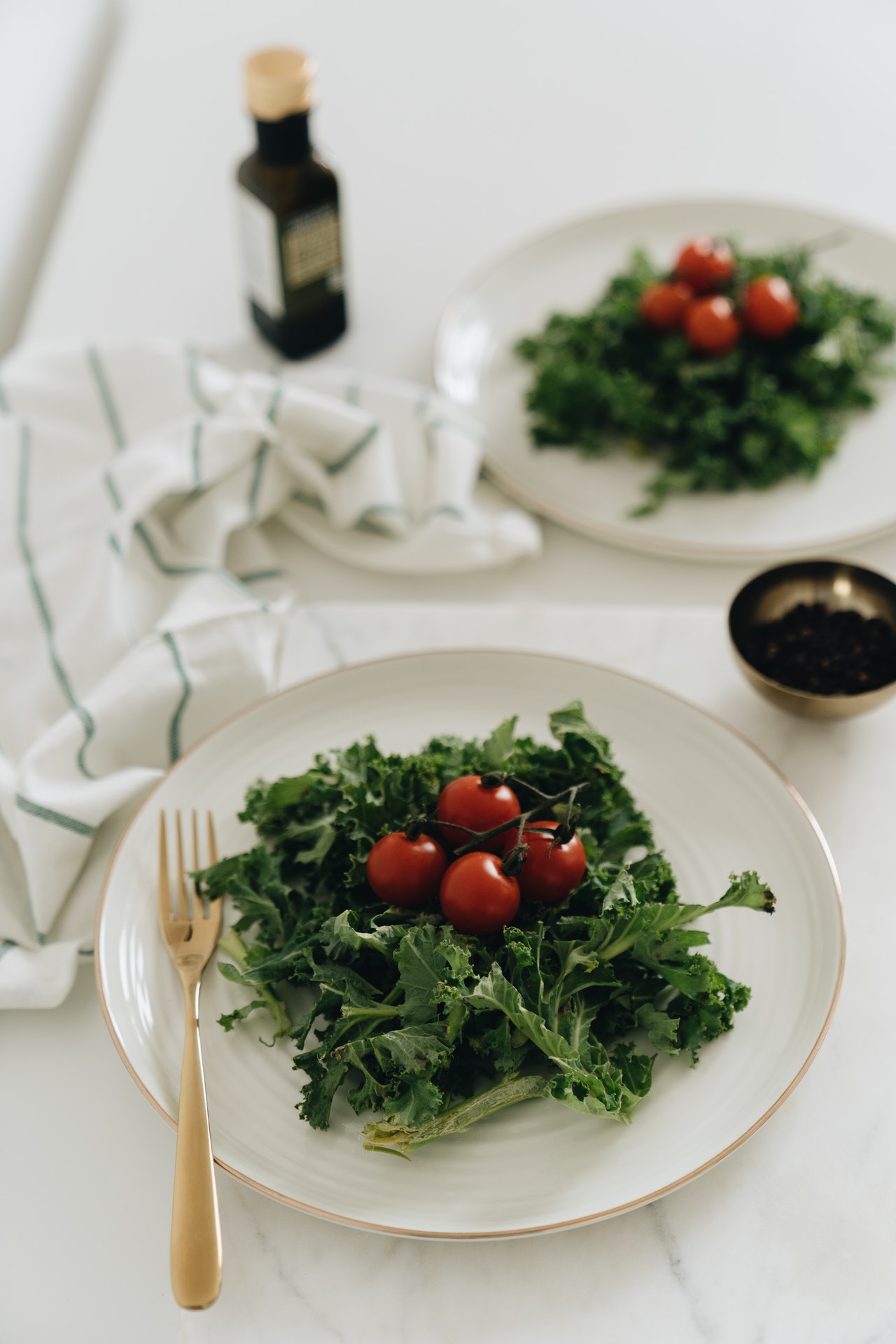Sustainable Living: 20 Perennial Foods to Incorporate Into Your Mealtime

If you’re like a lot of people, you probably have perennial plants in your garden. Daffodils, Russian Sage, Forget-Me-Nots… these are all perennial favorites among gardeners. But did you know there were also perennial crops you could grow and eat?
Benefits of Perennial Foods
The following are just some of the reasons to incorporate more perennial crops into your garden:
Low Maintenance
What if you could grow fruits, herbs and veggies that required the same amount of care as your perennial flowers and shrubs? That means no annual tilling or planting! Once established in the right soil and climate, your perennial crops will provide food throughout the season.
Perennial Crops Help Build Soil
Growing perennial crops is great for your soil! They naturally add more and more organic matter to the soil each year. The root systems provide habitat for animals and fungi. And, when mulched, perennial crops improve the structure of your soil and water-holding capacity.
More Food Throughout the Year
Perennial crops tend to have different seasons of availability from annual crops. This means you can have more food available throughout the year!
20 Perennial Crops for North American Gardens
Here are 20 perennial crops to consider planting in the coming year:
- Berries (raspberries, blueberries, anything as long as it’s a berry bush)
- Asparagus
- Rhubarb
- Kale
- Garlic
- Radicchio
- Watercress
- Ramps
- Nettles
- Grapes
- Fruit trees
- Nut trees
- Kerzna grain (a whole grain made from wheatgrass)
- Chives
- Ginger
- Mint
- Onions (not all are perennial. Try shallots, Chinese leeks, and potato onions)
- Sweet potato
- Olives
- Broccoli (perennial varieties include Nine Star and Purple Cape)
Perennial Crop Planting Tips
- Plan well – once planted, you don’t want to move your crops.
- Consider using perennial crops in your established landscape for shade, groundcovers, and as a hedge.
- Always do a soil test before planting and add soil amendments to crops being grown.
- Best time to plant perennial crops is late summer and fall.
If you love gardening and eating fresh produce and herbs from your own backyard, consider giving perennial gardening a try!
SOURCES:

